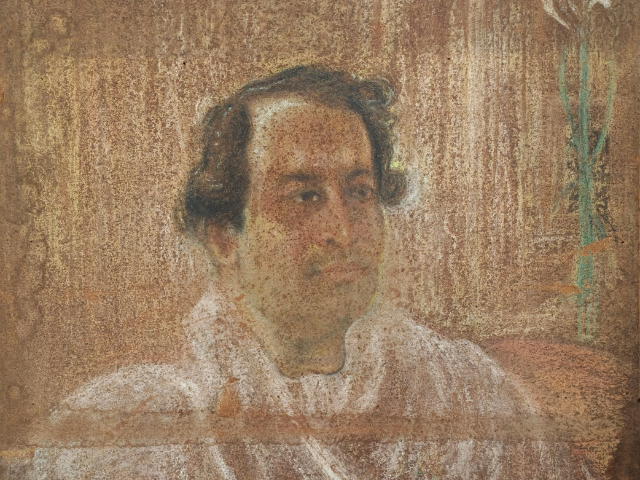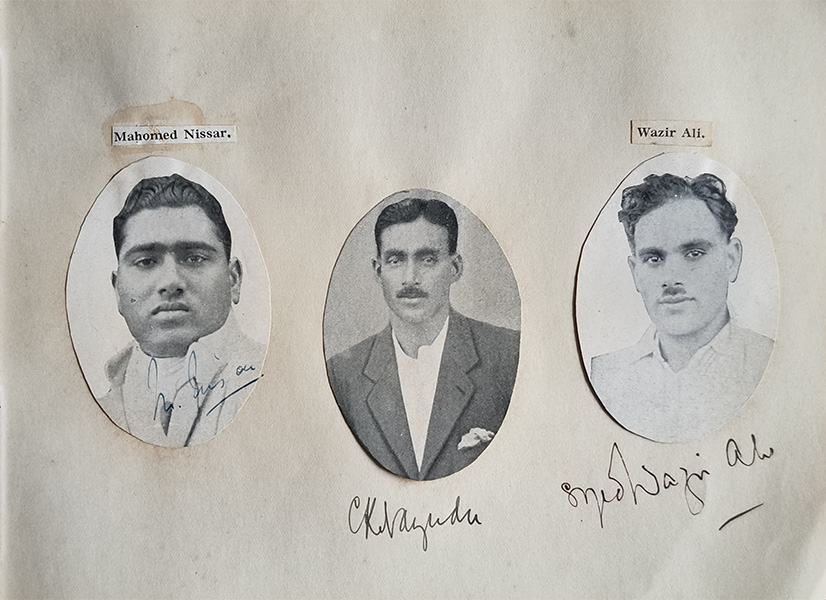Amal Home: Bengal’s Forgotten Cosmopolitan
There was a time when Amal Chandra Home Ray, known to peers as simply Amal Home, was a name familiar to Bengal’s cultural, literary, and political elite. Described by writer Nirad C. Chaudhuri as a “showman, an impresario,”[1] Amal was an elegant, erudite, complex figure whose legacy today lives on in scattered memories, faded photographs, and the quiet efforts of his daughter, Amalina Dutta, to restore him to public memory.
Read More
.jpg)



.jpg)
.jpg)


